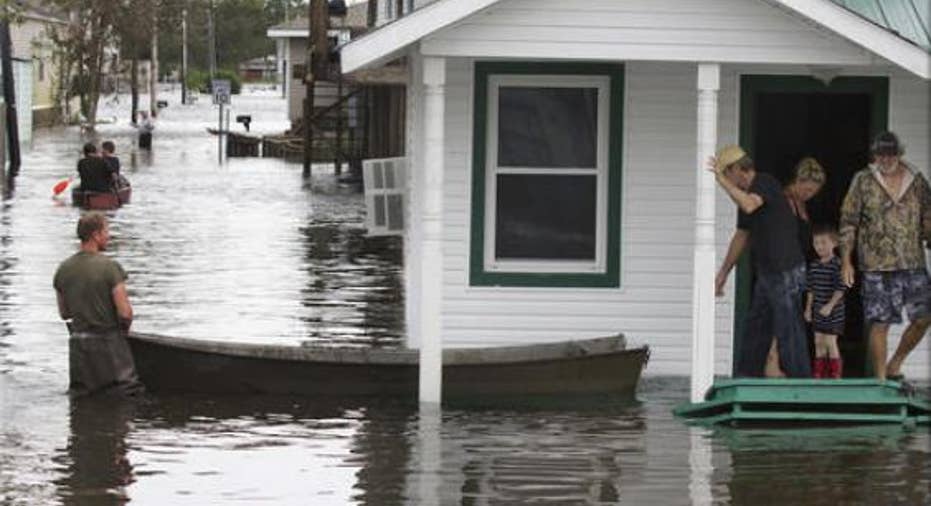FEMA Funds: Not Enough To Cover Sandy

If you're looking for the next government bailout beneficiary, look no further than the National Flood Insurance Program.
That's right, the federal program operated by FEMA. We've been talking about it a lot this week.
The program already owes $18 billion to taxpayers, much of it left unpaid from Hurricane Katrina way back in 2005. Only a government program could get away with not paying its bills for 7 years, but there you have it. Now the wheel keeps turning, and Sandy will put a new call on insurance dollars.
According to the Wall Street Journal, as of the end of August, the flood program covered more than 236,000 policies in New Jersey with $54.5 billion in exposure. If the program exceeds it's $20.8 billion in federally-mandated borrowing cap, well, then it has to come cap in hand back to congress to ask for more money.
Likely? You bet it is.
It's not just the debt that's a mess. The National Flood Insurance Program encourages building in risky areas because until very recently, the government did not care one whit whether customers built a house in a hurricane prone area only to see it blown down in the next storm. Some people rebuilt with federal dollars over and over again.
Today there are some restrictions on that kind of taxpayer looting but it took years for the government to put even some limits on this money. Likewise, the coverage is pretty darn cheap. 500 bucks in premiums a year for a typical policy, and less for those in less risky areas.
This is a bargain, a bargain borne on the backs of taxpayers.
Remember, not all of these people getting coverage are shrimpers in Louisiana or souvenir store owners in Florida. Some are wealthy folks who could afford private coverage if they could get it.
So you get the picture, the government is running a program it can't afford, kicking the can down the road. Now, I know what you're thinking- hey, this is the new normal. If government doesn't provide a safety net to homeowners as we get more and more hurricanes who will?
But that fundamental assumption just isn't true. In fact, the number of hurricanes making landfall is shrinking not growing. If you were to rank hurricanes by the amount of damage they leave in their wake, Sandy would be the 17th most damaging storm since 1900. Not even breaking the top 10.
Back in 1954 and 1955, three storms made landfall- Carol, Hazel and Diane. Each of those would have caused twice as much damage as Sandy if they occurred today. All in one 12 month period.
Some believe that we are actually in a hurricane drought. Consider: the last Category 3 or stronger storm to make landfall was Wilma in 2005.
So, in the end, maybe the government's time would be better served trying to prepare regions for storms rather than insuring them. Surely the New York region could have been better prepared for Sandy. Ultimately, the homeowners to bear the risk there might be building less in dangerous areas.
People choose to build in dangerous areas. Government doesn't force them to.